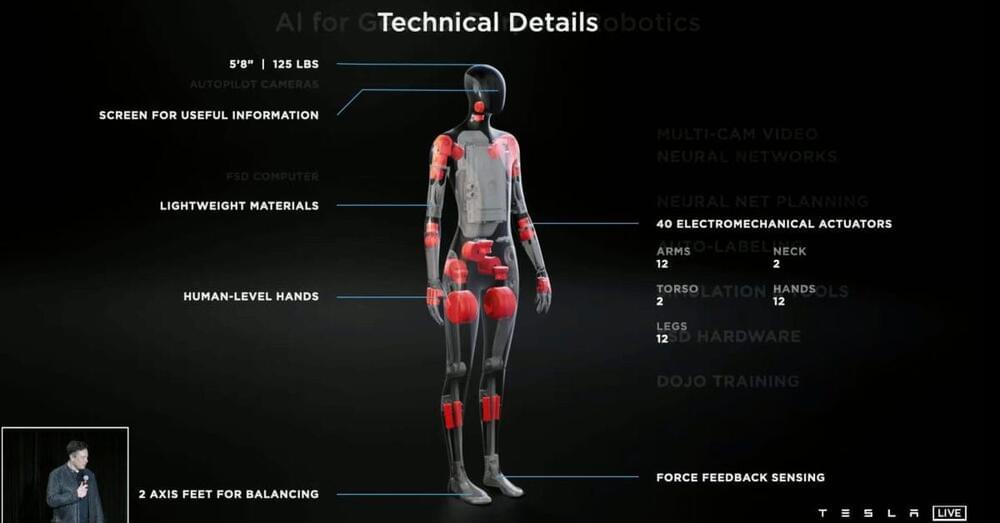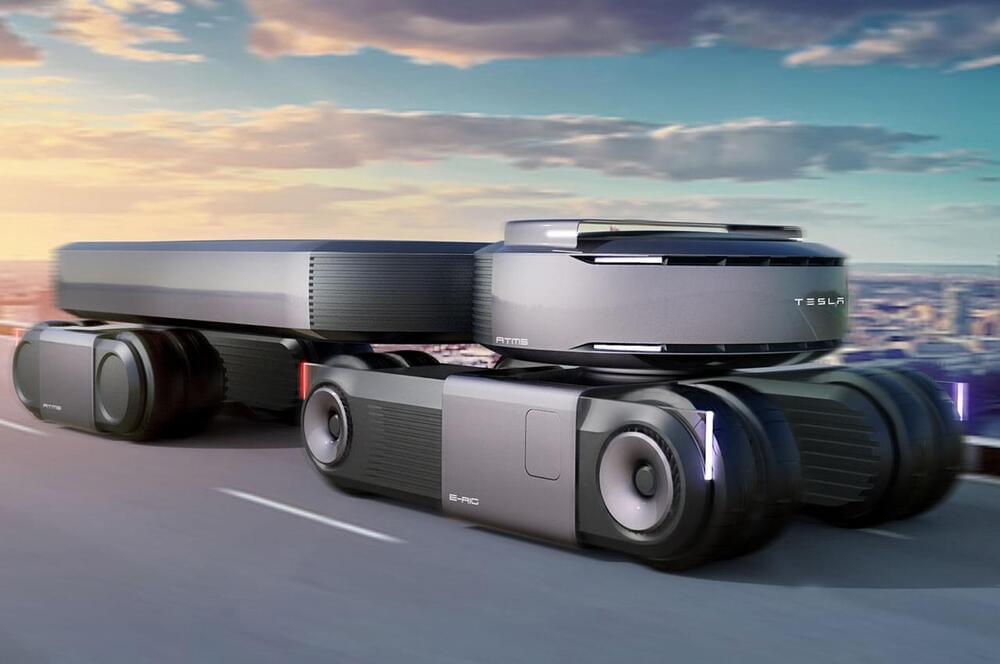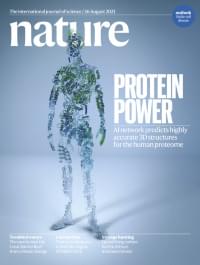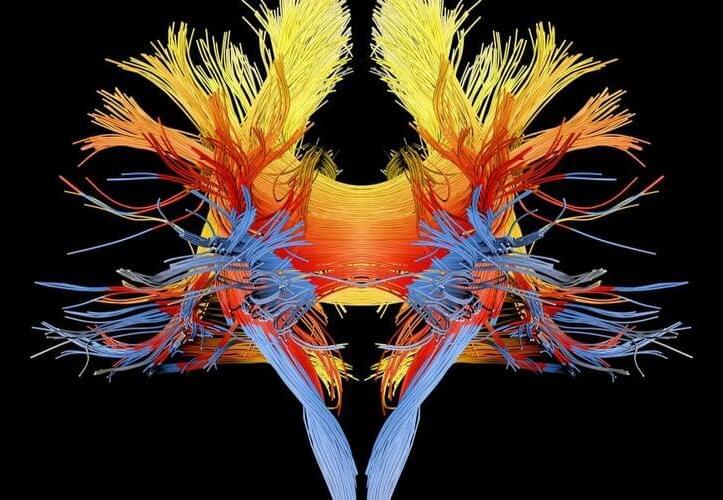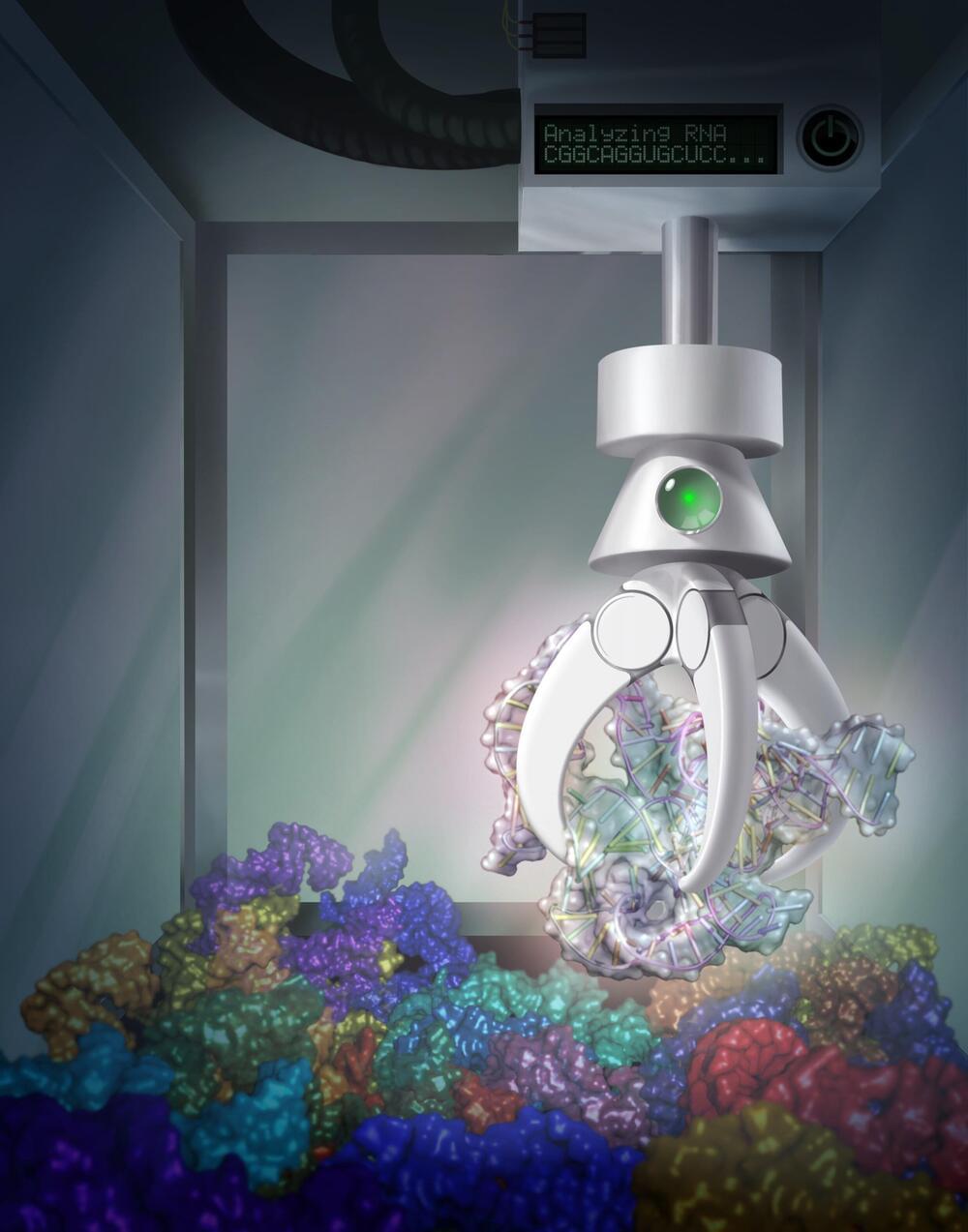Aug 27, 2021
Tesla starts hiring roboticists for its ‘Tesla Bot’ humanoid robot project
Posted by Kelvin Dafiaghor in categories: Elon Musk, robotics/AI, sustainability, transportation
Hurray.
Tesla has started to hire roboticists to build its recently announced “Tesla Bot,” a humanoid robot to become a new vehicle for its AI technology.
When Elon Musk explained the rationale behind Tesla Bot, he argued that Tesla was already making most of the components needed to create a humanoid robot equipped with artificial intelligence.
Continue reading “Tesla starts hiring roboticists for its ‘Tesla Bot’ humanoid robot project” »
